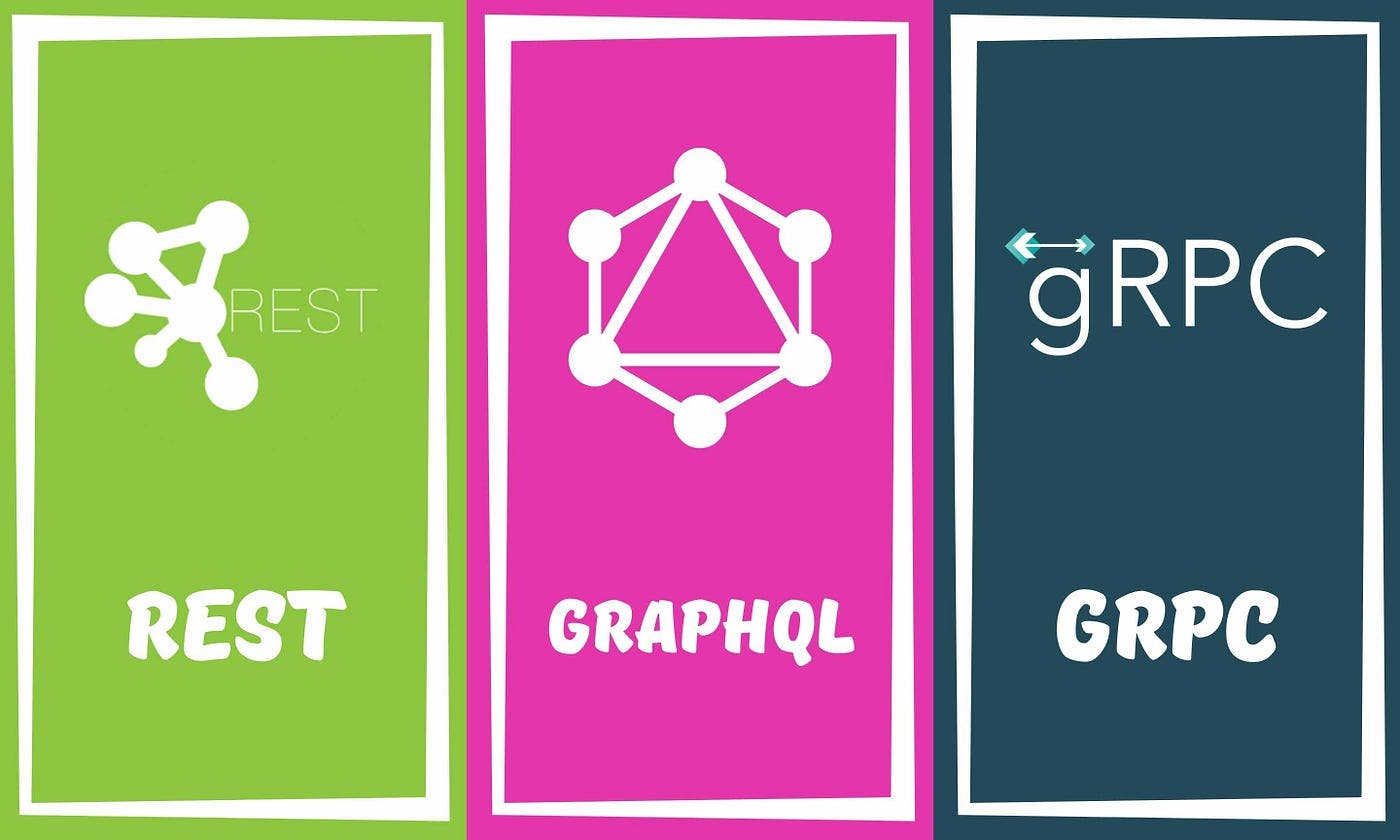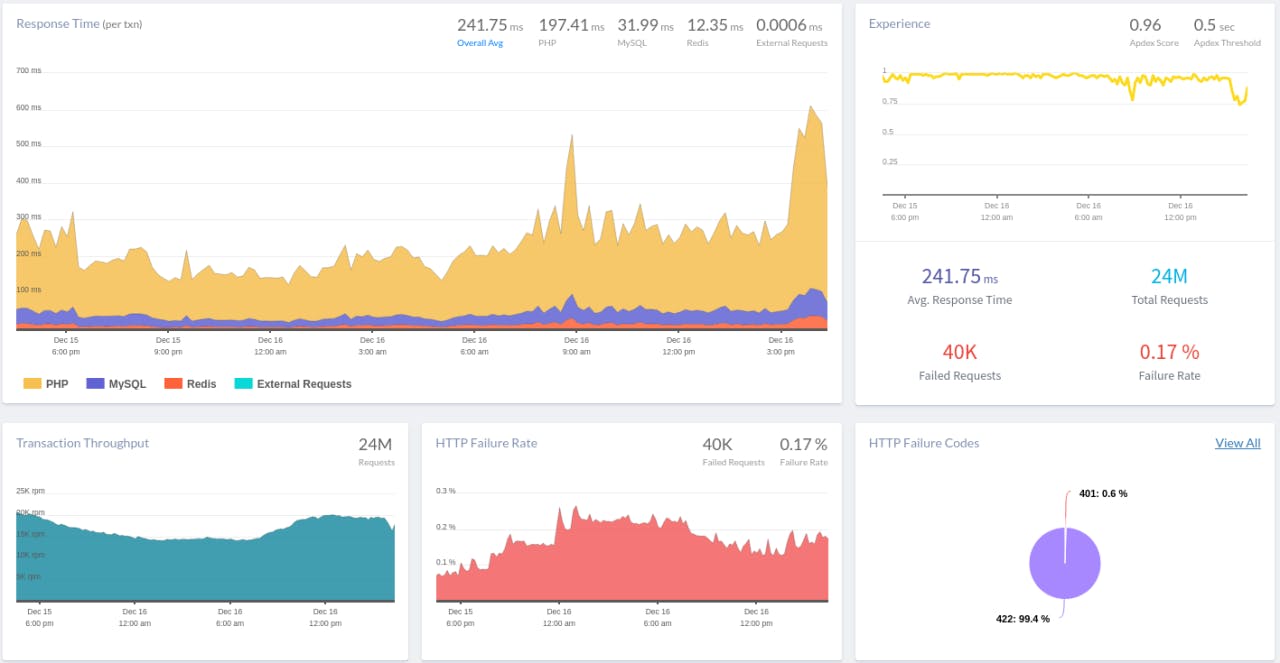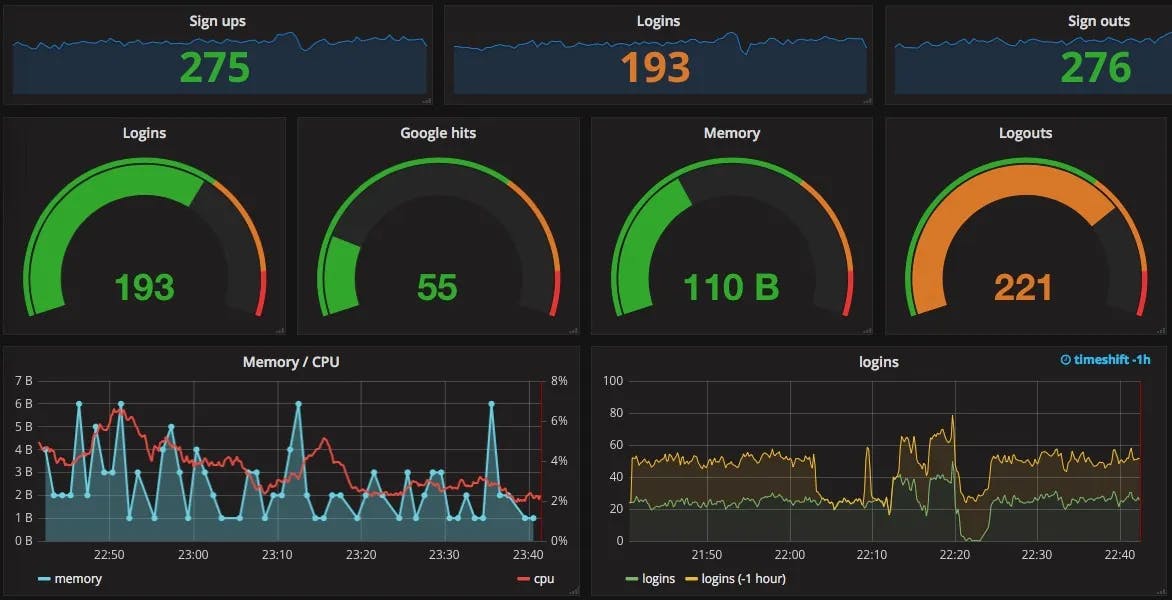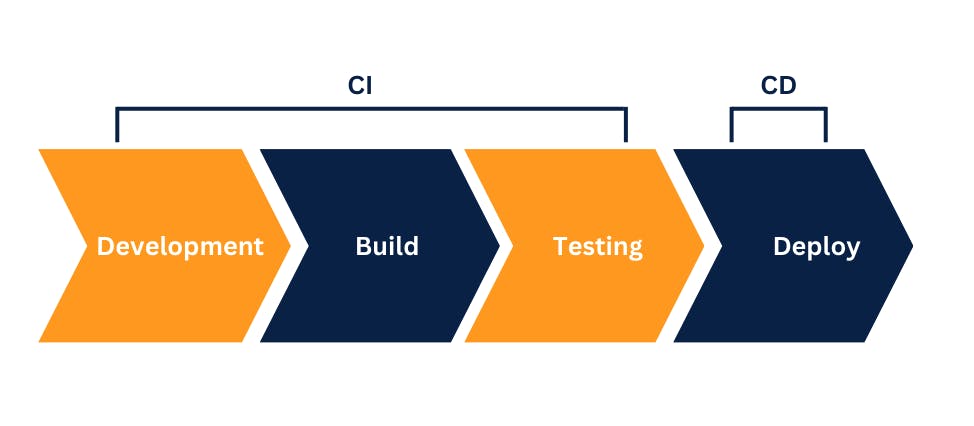In the software industry, software development is generally categorized under three categories: frontend development, backend development, and full-stack development.
A backend engineer is the type of engineer responsible for creating the skeleton of a software application. Backend engineering is also known as server-side engineering because backend engineers deal with everything that happens on the server.
While the frontend developers consists of the graphical element of software, backend developers ensure that everything going on in the background is running smoothly. Backend engineers are responsible for designing, building, and maintaining the server side applications and they generally use the following concepts and tools to provide these functionalities.
Analytical Thinking
Analytical thinking is very important for all software engineers, and the same goes for backend engineers. One of the main responsibilities of backend engineers is to analyze incoming customer requests, and convert them into code blocks that will run on the server side. At this point, algorithm and analytical thinking skills come to the fore.
API Development
In today's software industry, many things proceed through API's. To create quality and high-performance API's, a qualified backend engineer team should have enough knowledge and experience on one or more languages and frameworks that can be used in server side applications. It is also important to have knowledge about API standards such as REST, GRPC and GraphQL.
Clean Code and Design Patterns
Design patterns are solutions to common problems that are accepted by software communities. Software development is essentially a team effort, the written code must meet certain standards and be understandable by the entire team, design patterns and clean code increase the quality of the software in these matters. Clean code is a skill that develops over time, so backend engineers should improve their coding skills over time.
Unit / Integration Tests
Testing is of great importance in the software world. Testing is the method of testing code with code to ensure the correctness of the improvements made and to understand whether there are any side effects on other systems. The ability to write unit and integration tests is very important for backend engineers, the person who writes the code knows the code best, so high accuracy is guaranteed when the tests are written by the person who wrote the code.
Version Control
It is important that each engineer in a software team can develop independently and in parallel. To achieve this skill, it is necessary to know git tools. (Github, Gitlab, Bitbucket etc.) Backend developers must have the skills to develop and manage versions with using git.
Performance
Performance is of great importance in whether a product is successful or not. In today's world, users do not want to waste time using underperforming applications. In a competitive environment where there are many products, the products have to be highly performant.
Performance for server side applications is actually a broad topic that branches into many different points. When we consider the importance of performance, it is very important for backend engineers to have a good knowledge of these concepts.
The some of most well-known and important concepts are, database query optimization, pagination, database optimization, caching strategies, load balancing, async processing and connection pooling we can say.
Security
One of the main responsibilities of backend engineers is to ensure and maintain the security of server side applications. validating request input, encrypting user sensitive data, implementing role/scope based authorization are one of the few popular ways to ensure security for applications.
Monitoring and Observability
Monitoring tools are very useful to quickly be informed about performance problems and errors in applications. Setting monitoring tools to our projects is important, so backend engineers should have knowledge on these tools, and should be able create connections and set alerts for the projects. By these tools, backend engineers can quickly detect existing problems and take action. NewRelic, Grafana, Jeager, DataDog are some of the popular tools.
CI / CD
CI/CD, which stands for continuous integration and continuous delivery/deployment, aims to streamline and accelerate the software development lifecycle.
Continuous integration (CI) refers to the practice of automatically and frequently integrating code changes into a shared source code repository. Continuous delivery (CD) is a process that refers to the integration, testing, and delivery of code changes. Because CI/CD automates the manual human intervention traditionally needed to get new code from a commit into production, downtime is minimized and code releases happen faster. Backend engineers should have enough knowledge about the CI/CD process to be able to release developments to the production environment and find solutions to problems encountered during the pipeline.
System Design
System design is the process of defining the architecture, components, modules, interfaces, and data for a system to satisfy specified requirements. It involves translating user requirements into a detailed blueprint that guides the implementation phase. The goal is to create a well-organized and efficient structure that meets the intended purpose while considering factors like scalability, maintainability, and performance.
System design is a very broad field, it is never possible to learn it completely. However, having knowledge for backend engineers on layered (n-tier, clean, hexagonal etc.) and high level (microservice, event driven etc.) architectures, relational and nosql databases , CRUD, event sourcing, CQRS, DDD, read services and projections concepts enables one to produce more efficient solutions to various needs.
Conclusion
In conclusion, backend engineers have an important role in developing server side applications that offer the necessary functionality in a safe and high-performance manner. They analysis customer requirements to convert software logics, and try to implement the solution that best suits the current requirements. Software engineering can be said to be a relatively new engineering, so it is in constant change and development. Backend engineering is also taking its share from this change and adapting to new best practices.









